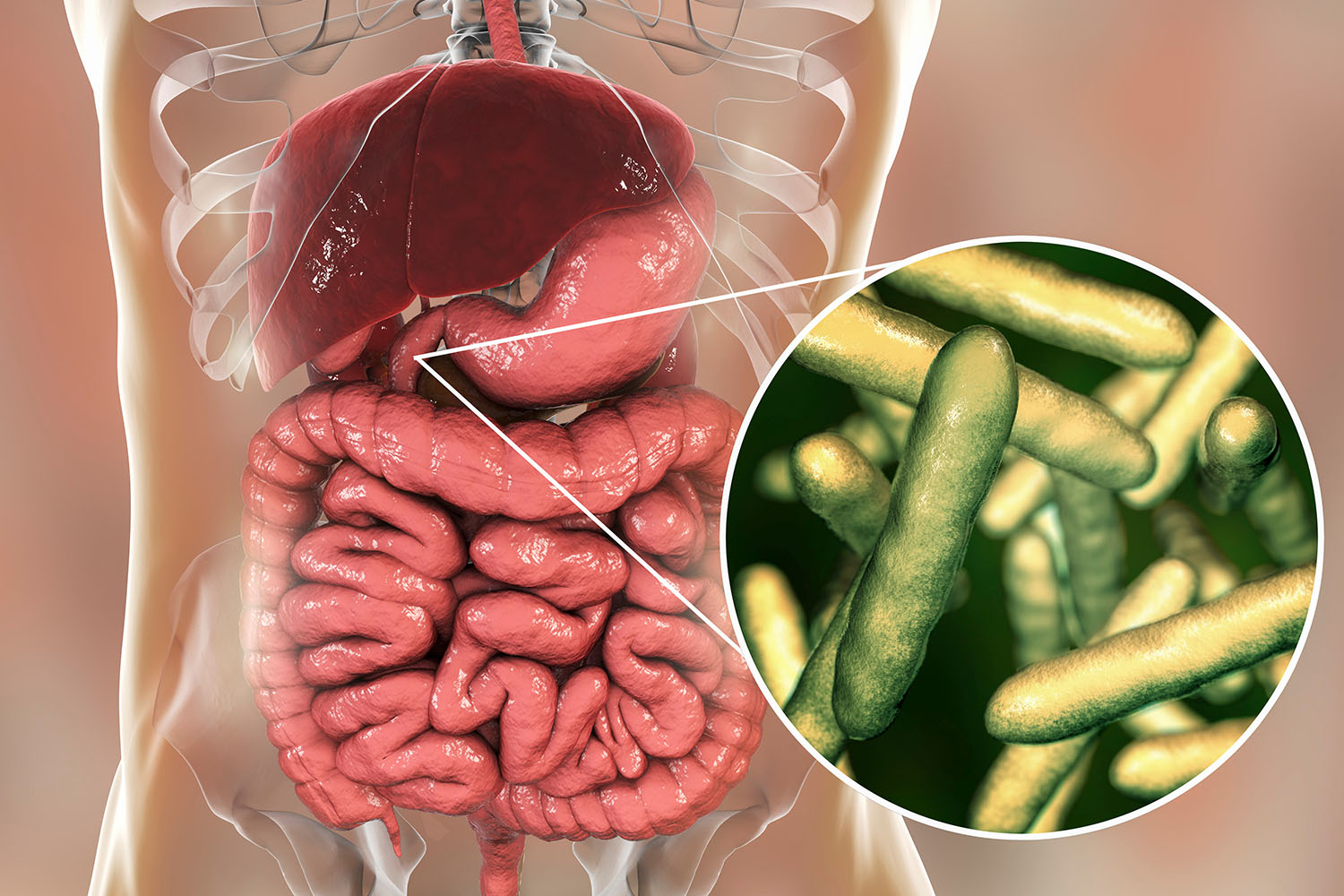Overview
In the daunting landscape of pancreatic cancer treatment, Whipple surgery stands as a beacon of hope, offering patients a chance at extended survival and improved quality of life. This intricate procedure, also known as pancreaticoduodenectomy, represents a cornerstone in the multimodal approach to combating one of the deadliest malignancies. In this blog, we delve into the complexities of Whipple surgery, exploring its indications, procedure, recovery, and impact on patient outcomes.

Understanding Whipple Surgery:
Whipple surgery is a complex surgical procedure aimed at removing tumors located in the head of the pancreas, as well as adjacent structures such as the duodenum, bile duct, and part of the stomach. This extensive resection is performed with the goal of achieving complete tumor removal (resection) while preserving as much pancreatic function and digestive capacity as possible.
Indications for Whipple Surgery:
Whipple surgery is primarily indicated for patients diagnosed with pancreatic cancer localized to the head of the pancreas and deemed resectable based on imaging studies and clinical assessments. Additionally, Whipple surgery may be considered for select patients with benign or premalignant pancreatic tumors, as well as certain non-pancreatic malignancies involving adjacent structures.
The Whipple Surgery Procedure:
The Whipple surgery procedure is a highly intricate and meticulously orchestrated operation that typically involves several key steps:
- Mobilization of the pancreas, duodenum, bile duct, and stomach to facilitate exposure and access to the tumor.
- Resection of the diseased portion of the pancreas, duodenum, and bile duct, as well as adjacent lymph nodes to ensure adequate tumor clearance.
- Reconstruction of the gastrointestinal tract through the creation of a new pancreaticojejunostomy (connection between the remaining pancreas and the small intestine), choledochojejunostomy (connection between the bile duct and the small intestine), and gastrojejunostomy (connection between the stomach and the small intestine).
- Closure of the surgical incision and meticulous attention to hemostasis to minimize the risk of postoperative complications.
Recovery and Rehabilitation:
The recovery period following Whipple surgery can vary depending on factors such as the patient’s overall health, the extent of surgery, and the presence of any postoperative complications. In the immediate postoperative period, patients are typically monitored closely in the intensive care unit (ICU) or surgical ward to ensure optimal pain control, fluid balance, and early mobilization. Over time, patients gradually transition to a regular diet and resume normal activities under the guidance of a multidisciplinary team comprising surgeons, oncologists, dietitians, and rehabilitation specialists.
Impact on Patient Outcomes:
Despite its complexity and associated risks, Whipple surgery offers the potential for extended survival and improved quality of life in select patients with resectable pancreatic cancer. Clinical studies and real-world evidence have demonstrated the efficacy of Whipple surgery in achieving tumor clearance, alleviating symptoms, and enabling patients to pursue adjuvant therapies such as chemotherapy and radiation therapy with the aim of further improving outcomes.
In the arduous journey of pancreatic cancer treatment, Whipple surgery stands as a testament to the indomitable spirit of innovation, perseverance, and compassion. Through its precise execution and profound impact on patient outcomes, Whipple surgery offers a glimmer of hope in the face of adversity, reminding us that even in the darkest of times, there exists the possibility of triumph and healing. As we continue to advance our understanding and refine our approach to pancreatic cancer management, let us cherish the transformative potential of Whipple surgery in rewriting the narrative of this formidable disease.


